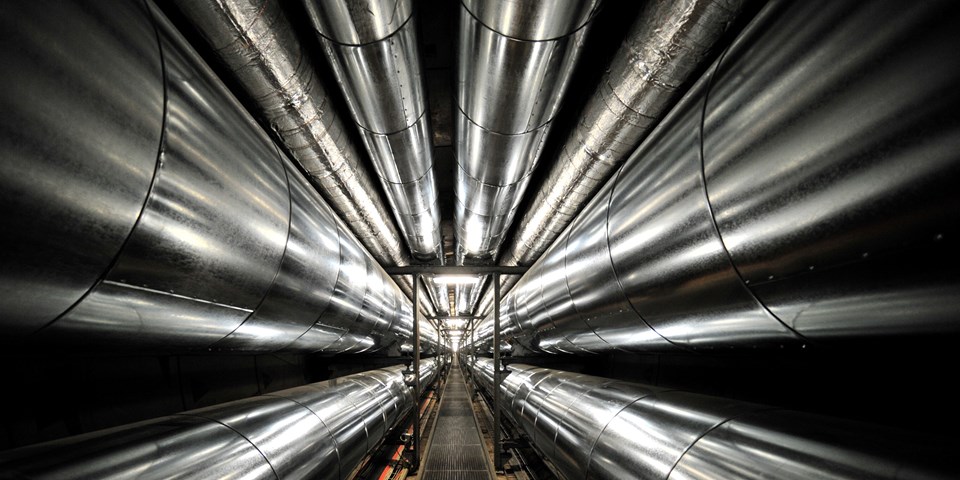The method of using pipes to transport water has been around a lot longer than was originally believed, as Jan Ward from Corrotherm recently wrote in Stainless Steel World magazine.
In a mysterious pyramid in China’s Qinghai Province near Mount Baigong are three caves filled with pipes leading to a nearby salt-water lake. There are also pipes under the lake bed and on the shore. The iron pipes range in size, with some smaller than a toothpick.
In a mysterious pyramid in China’s Qinghai Province near Mount Baigong are three caves filled with pipes leading to a nearby salt-water lake. There are also pipes under the lake bed and on the shore. The iron pipes range in size, with some smaller than a toothpick.
Dating done by the Beijing Institute of Geology determined these iron pipes were smelted about 150,000 years ago. This has led to a complete re-evaluation of the history of human development. It is also the first evidence ever found of metal pipes being used by prehistoric man.
Early pipe technology
Pipes have been made over the centuries from clay, wood, bamboo and any type of material that could be easily moulded. Pipe technology developed slowly from the lead of the Roman period, iron and wooden piping of the middle ages. Wooden piping has been found in use even as recently as the 1890’s but it was during the industrial revolution that the need for mass manufacture of tubulars for industrial uses developed.
The first methods for producing steel pipe were introduced in the early 1800s, and they have steadily evolved into the modern processes we use today. Large diameter steel pressure pipes for water and wastewater applications are typically made with carbon steel and installed as buried assets.
Pipe bending
Pipe bending is a crucial component in the formation of many different types of transport pipelines, like the ones that are used to carry such products as oil, natural gas, water and sewage. The most valuable of all these products is of course oil. Before the invention of pipe bending for oil pipelines, oil was transported from oil wells to railway stations by horse in converted wooden whiskey barrels. It is because of these wooden whiskey barrels that we still measure oil by the barrel today. Oil pipelines were first used in Pennsylvania to connect an oil field to a railway station. This first pipeline spanned 6 miles and was made entirely out of wrought iron. The next step to improve corrosion resistance was the use of zinc to galvanise pipes.
In other applications copper and copper alloys have been used extensively. But the big leap in industrial applications was made in 1912 when Harry Brearley of the Brown-Firth research laboratory in Sheffield, England, discovered and subsequently industrialized a martensitic stainless steel alloy while experimenting in order to find a corrosion-resistant alloy for gun barrels,.
Today there are a huge number of standard and proprietary grades of stainless steel, with new grades and manufacturing techniques being continually being developed. Today it’s an ever changing and fast moving landscape being driven by the demands of industry and society. And it appears that it has ever been thus, even for prehistoric man.


